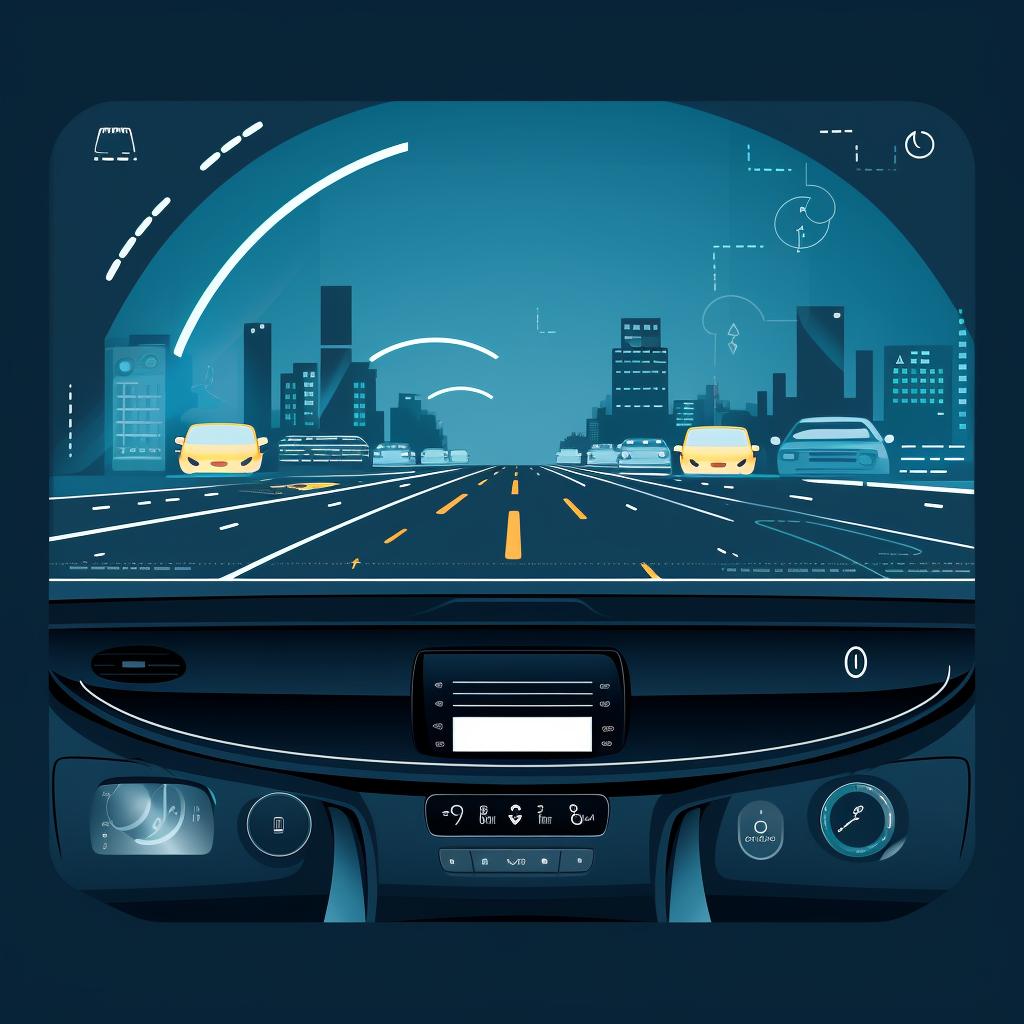Oliver Lane is a technology enthusiast and driving safety expert. He has spent the last decade researching and writing about the latest advancements in automotive technology and how they can improve driver safety and overall driving experience.
As an expert in driving safety technology, I often get asked about the limitations and challenges associated with blind spot monitors and rear cross traffic alerts. While these features have significantly improved driving safety, they're not without their drawbacks. Let's explore these limitations in detail.
One common misconception about blind spot monitors and rear cross traffic alerts is that they are foolproof solutions for preventing accidents. However, it's important to understand that these features have their limitations.
Another important aspect to consider is how effective blind spot monitors and rear cross traffic alerts are in preventing accidents. While they can greatly enhance driving safety, they should not replace the need for cautious driving and proper mirror usage.
Facing the Hurdles: Blind Spot Monitor Quirks🚗
Blind spot monitors have become a standard feature in many modern vehicles, helping drivers to detect vehicles in their blind spots. However, these systems have a few limitations:
Challenges Associated with Blind Spot Monitors
- False alerts: Sometimes, these systems can trigger false alerts due to adjacent lanes or stationary objects.
- Limited detection: They may not detect smaller objects like cyclists or pedestrians.
- Adverse weather: Their performance can be hindered in heavy rain, snow, or fog.
- High-speed vehicles: They may not be able to detect high-speed vehicles overtaking you quickly.
Limitations of Rear Cross Traffic Alerts
- Limited range: These systems typically have a limited range, which may not detect vehicles approaching from a distance.
- Slow response: There can be a delay in alerting the driver, which could be critical in certain situations.
- False alerts: Similar to blind spot monitors, these systems can also trigger false alerts due to stationary objects or nearby moving objects that are not a threat.
Learn more about the challenges associated with blind spot monitors and the limitations of rear cross traffic alerts.
Despite these limitations, blind spot monitors play a crucial role in enhancing driving safety. It's important to remember that they are aids and not substitutes for safe driving practices.
Rear Cross Traffic Alerts: What's Tripping Them Up?🚦
Rear cross traffic alerts are another invaluable tool for drivers, particularly when reversing out of parking spaces. Yet, they also come with a few challenges:
Challenges of Rear Cross Traffic Alerts
- Limited range: These systems typically have a limited range, which may not detect vehicles approaching from a distance. Learn more about how to effectively use blind spot monitors and rear cross traffic alerts.
- Slow response: There can be a delay in alerting the driver, which could be critical in certain situations. Take the quiz to test your knowledge on blind spot monitors and rear cross traffic alerts.
- False alerts: Similar to blind spot monitors, these systems can also trigger false alerts due to stationary objects or nearby moving objects that are not a threat. Find out some common misconceptions about blind spot monitors and rear cross traffic alerts.
Nevertheless, rear cross traffic alerts provide an extra layer of safety and should be used in conjunction with regular mirror checks.
Turning the Tables: Making the Most of Your Safety Tech🛠️
While these systems have their limitations, understanding how they work can help you make the most of them. Remember, these safety features are designed to assist you, not replace good driving habits. For more information on how to use car safety features effectively in real-world scenarios and solutions, check out our guide.
Here are some practical steps to help you use these technologies more effectively and overcome their limitations.
Learn more about Mastering the Use of Blind Spot Monitors and Rear Cross Traffic Alerts 🚗💨 or discover other Driver Pals guides.
By following these steps and combining these advanced technologies with safe driving practices, you can greatly reduce the risk of accidents.
By combining these advanced technologies with safe driving practices, you can greatly reduce the risk of accidents.
Understanding the Limitations of Blind Spot Monitors and Rear Cross Traffic Alerts
Test your understanding of the challenges and limitations associated with blind spot monitors and rear cross traffic alerts.
Learn more about 🚗 Understanding the Limitations of Blind Spot Monitors and Rear Cross Traffic Alerts 🚦 or discover other Driver Pals quizzes.
Stay informed and stay safe on the road. Remember, technology is there to assist you, not to take over your role as a driver.
What has been your experience with blind spot monitors and rear cross traffic alerts?
We'd love to hear about your experiences with these safety features. Have you faced any of the challenges mentioned in the article?
By sharing our experiences and knowledge, we can all contribute to safer roads.




















